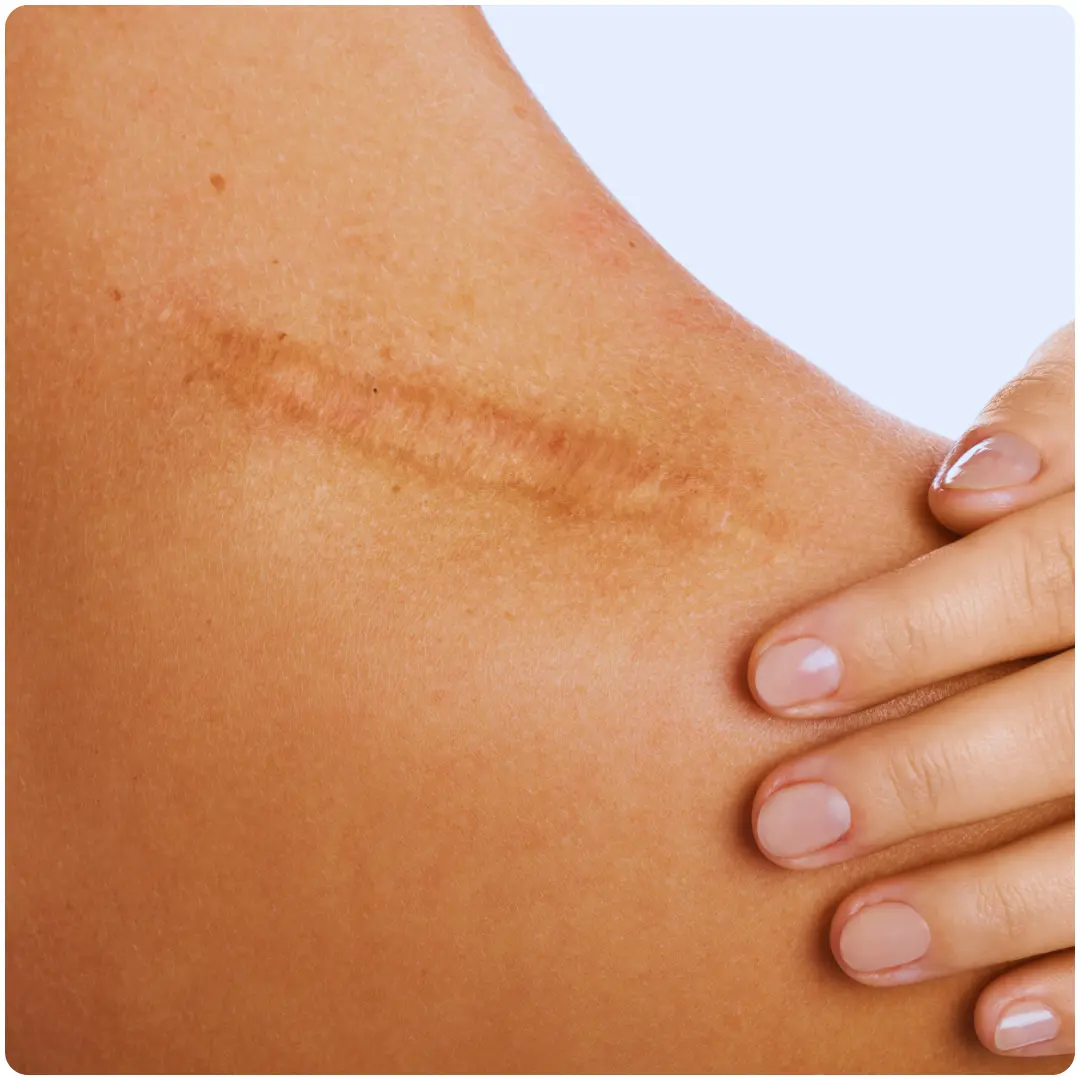Scar Revision
What is Scar Revision?
Most of us tend to take the health of our skin for granted. Various factors like burn, injury or trauma may contribute to our skin developing a scar. Scarring is a natural part of the healing process after an injury. Sometimes these scars can be a cause of concern and embarrassment.
Its appearance and its treatment depend on multiple factors. The depth and size of the wound or cut and the location of the injury matters as well as age, genes, sex, and ethnicity play a big role in the kind of scar that forms.

Transformative Scar Revision Treatment at Musk Clinic
Surgical Revision
Laser Treatments/ Dermabrasion
Steroid Injections
Topical Treatments
What To Expect?
For severe cases of any kind of scar, your medical practitioner may be able to advise surgical removal or treatment for the same. Aggressive treatment options include skin grafts, excision, dermabrasion, or laser surgery.
In a skin graft, the surgeon uses skin from another area of your body. This is often used with people who’ve had burns. If you’ve got scarring that impairs function, surgery can help address the functional problems.
If you’ve recently had surgery that has caused scars, it is best to wait at least one year before making a decision about scar treatment. Many scars fade and become less noticeable over time.
Other types of injections, such as collagen or other ‘fillers’, may be useful for some types of pitted scarring, although these are not usually permanent solutions.











